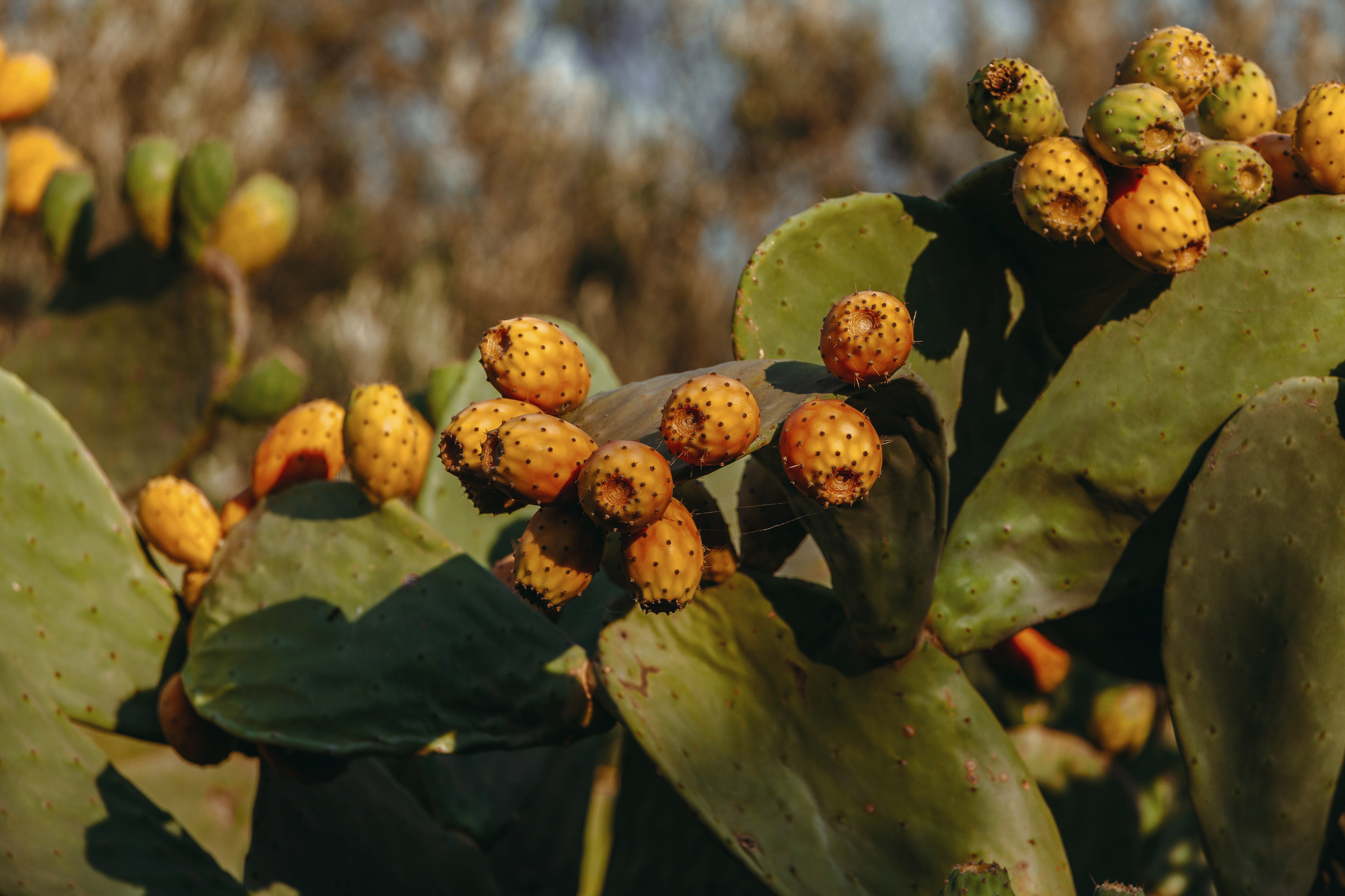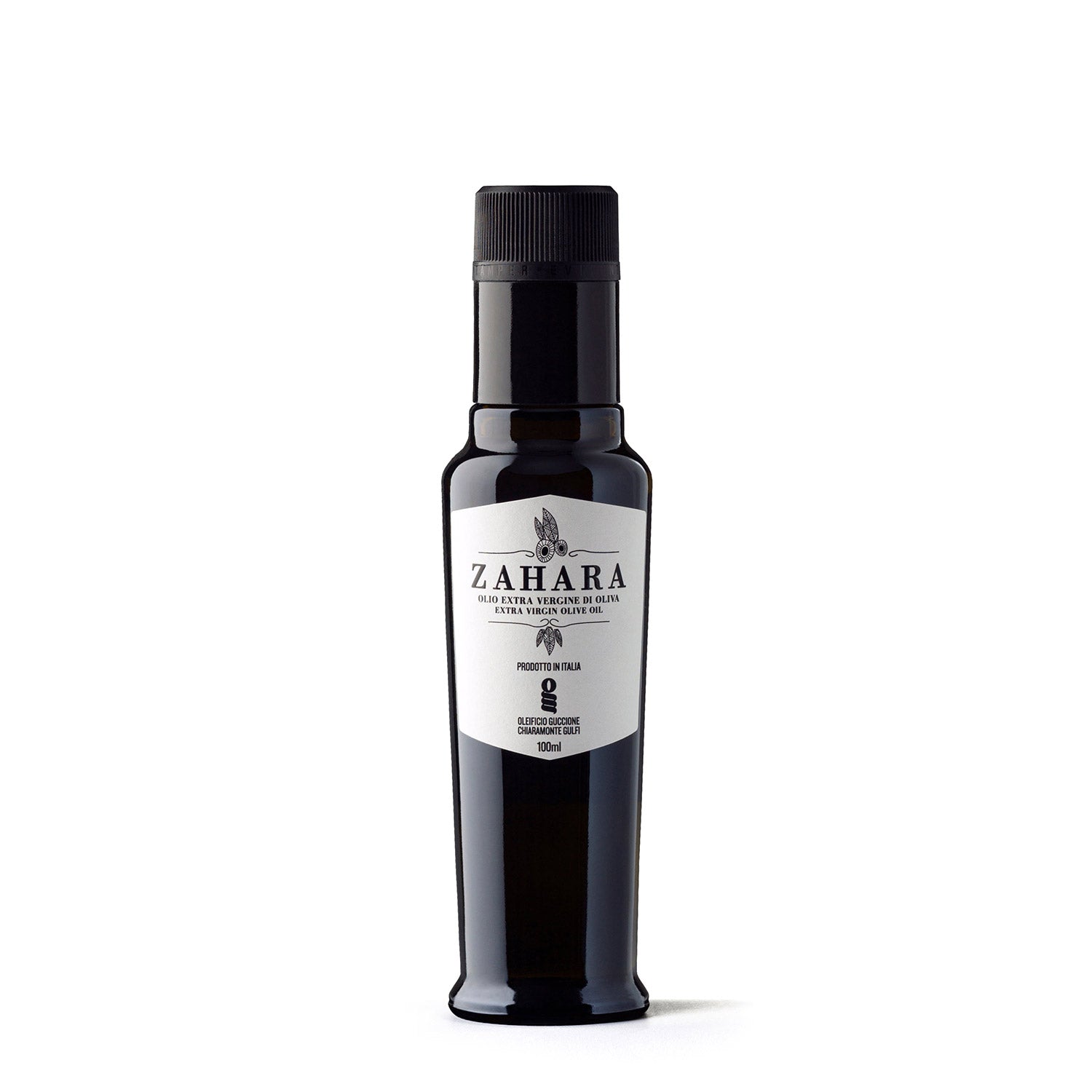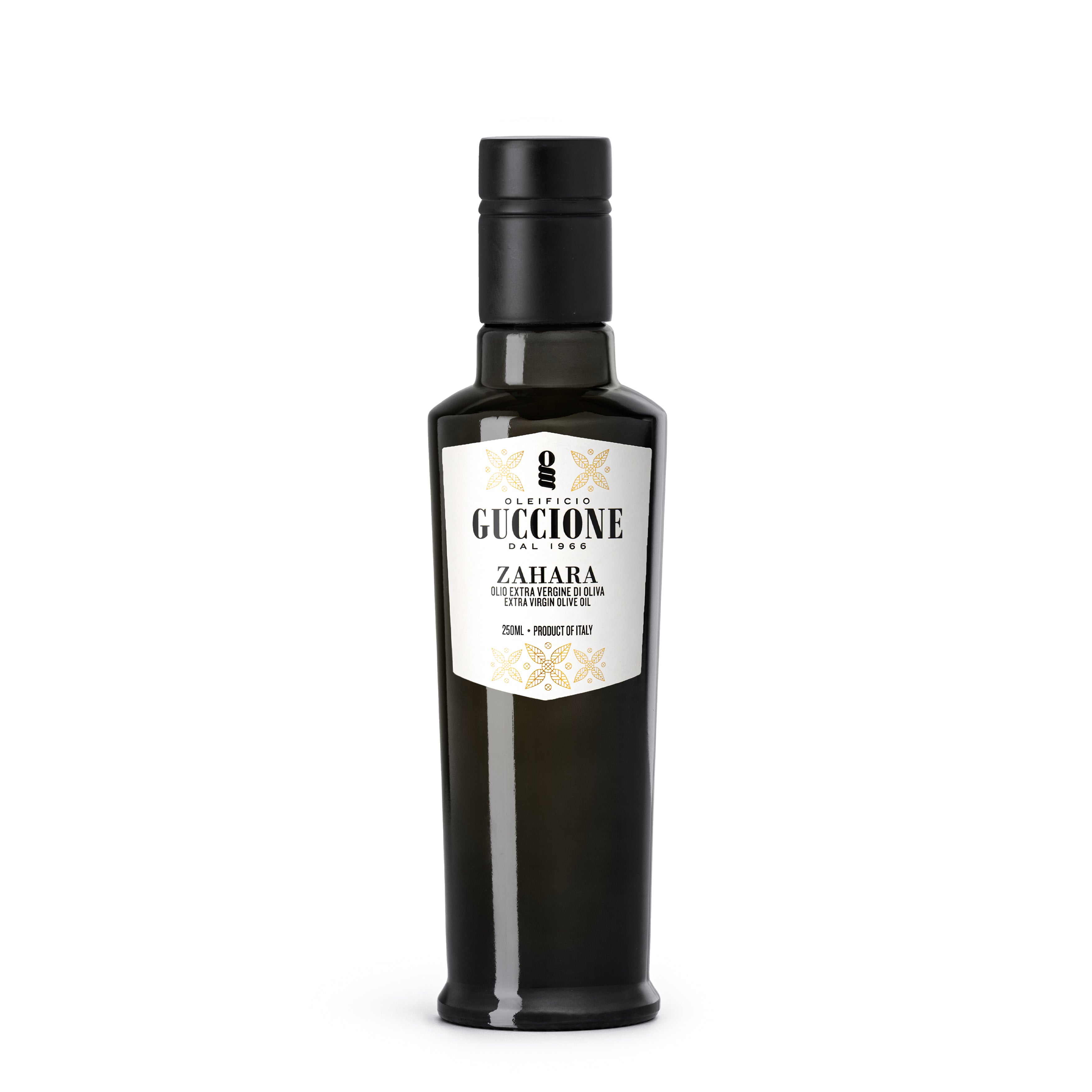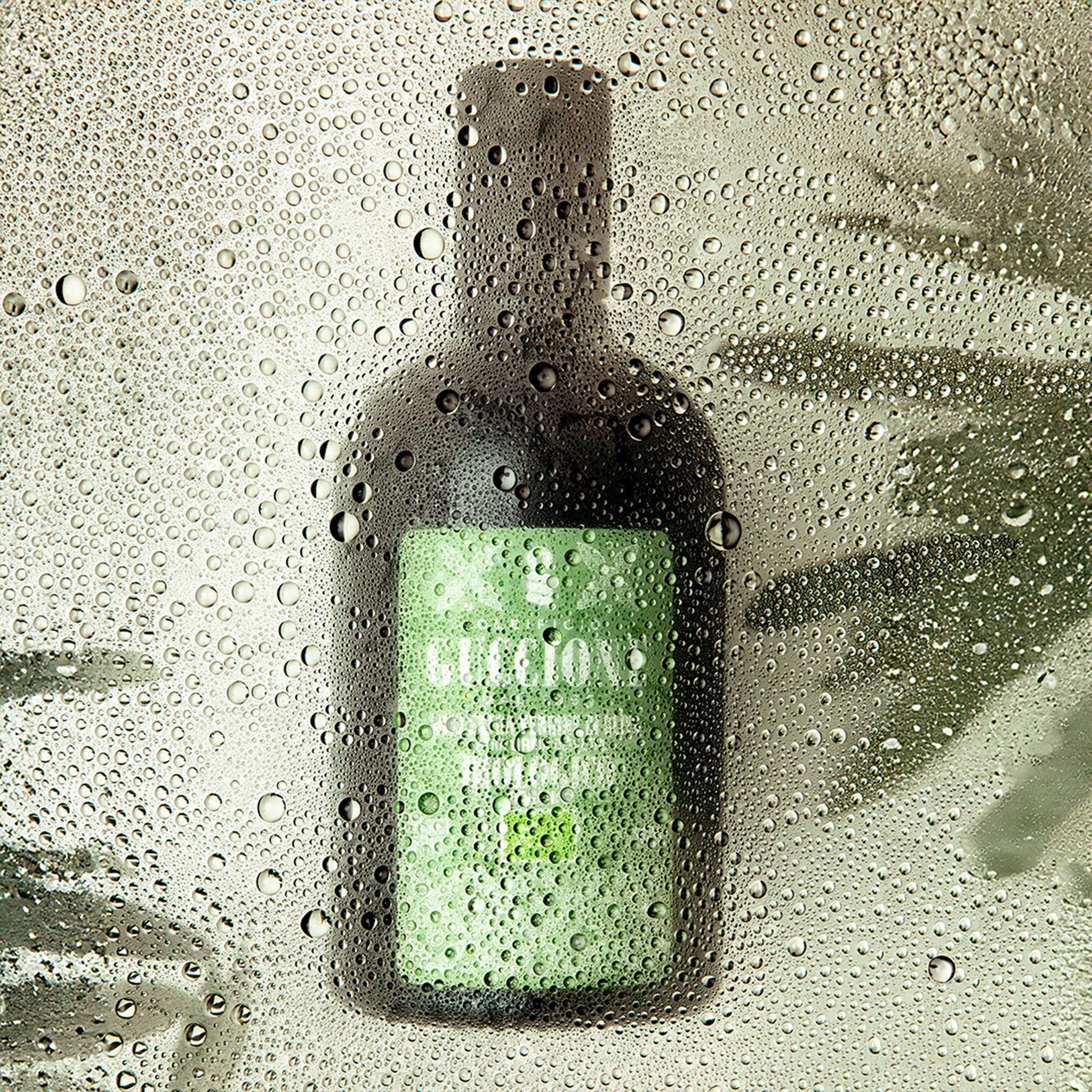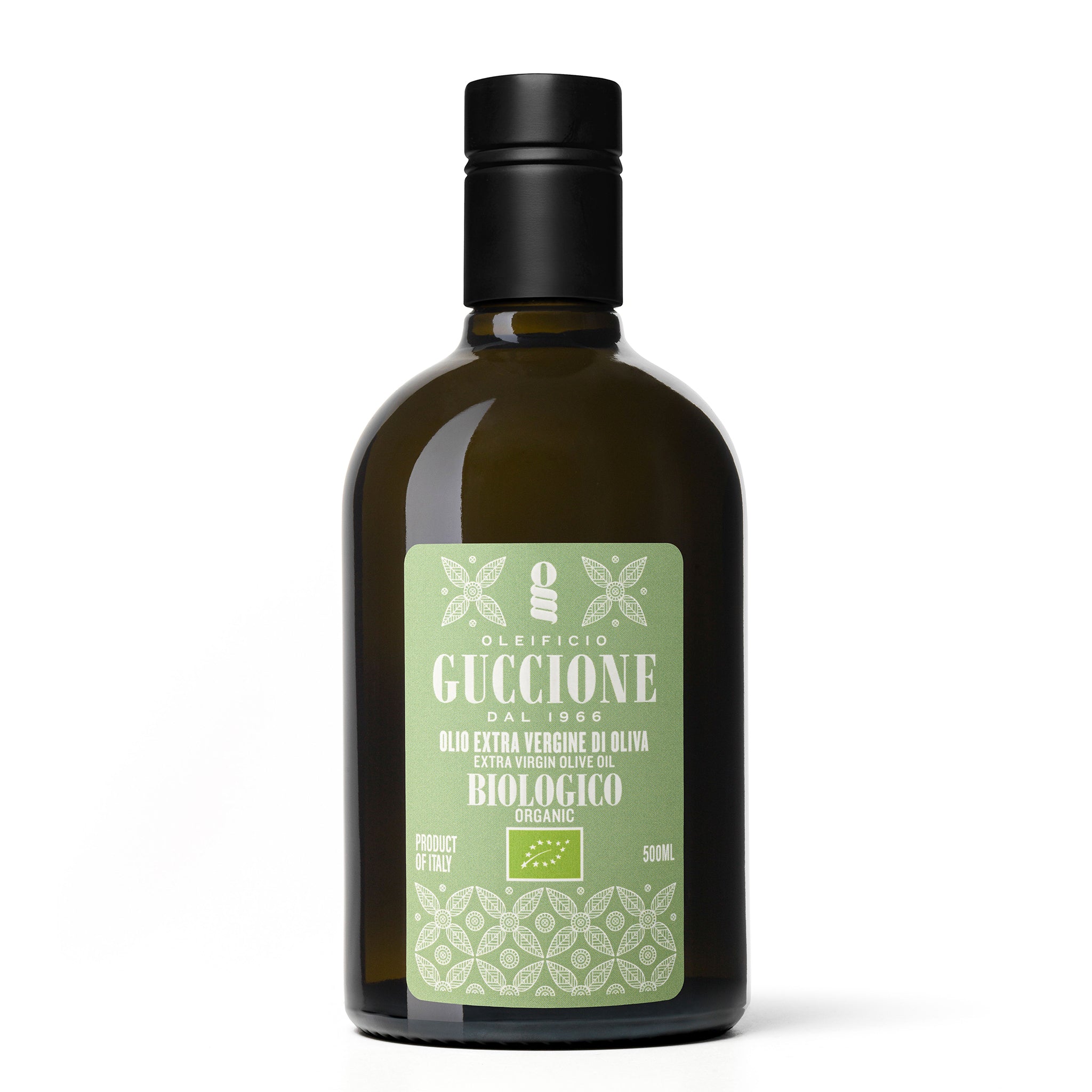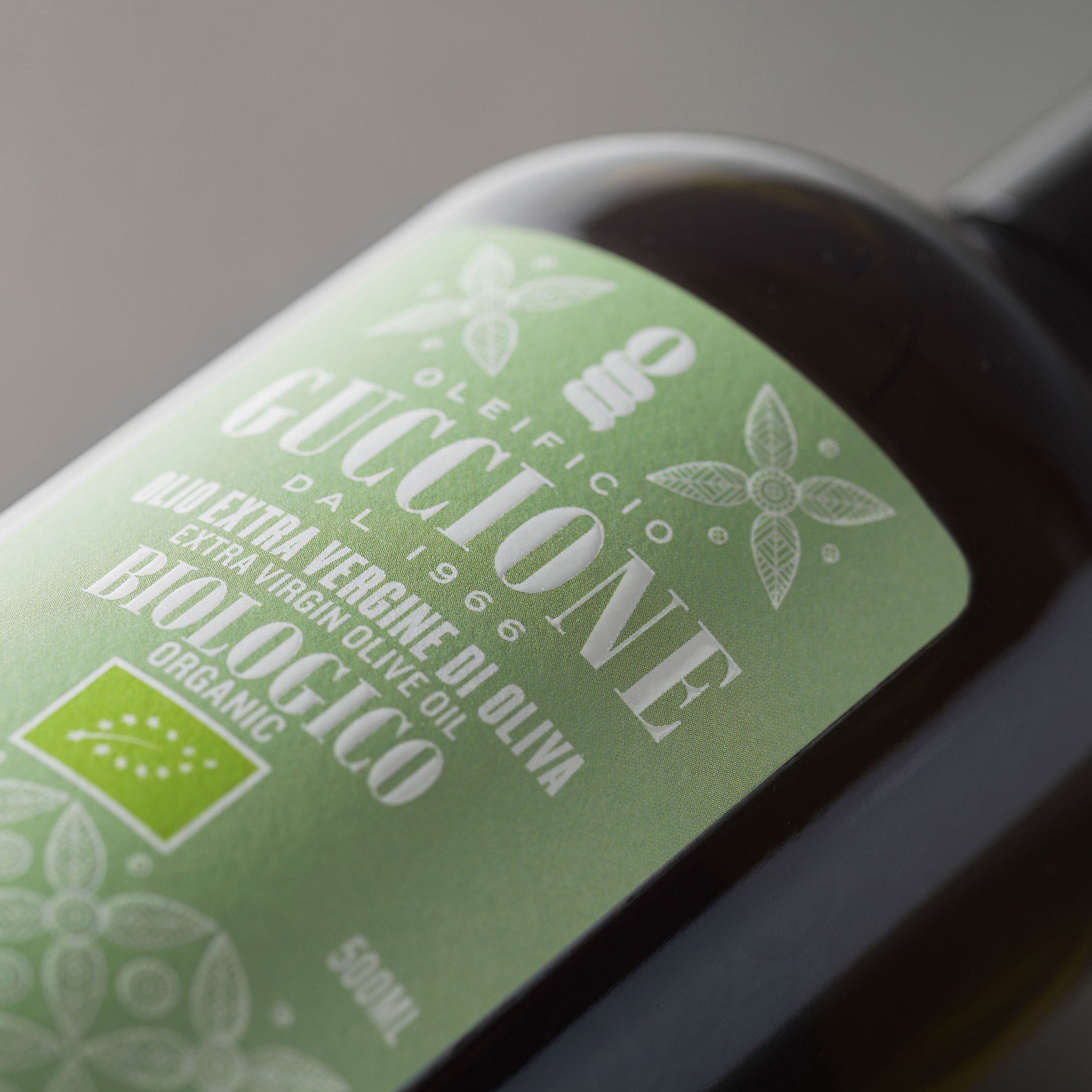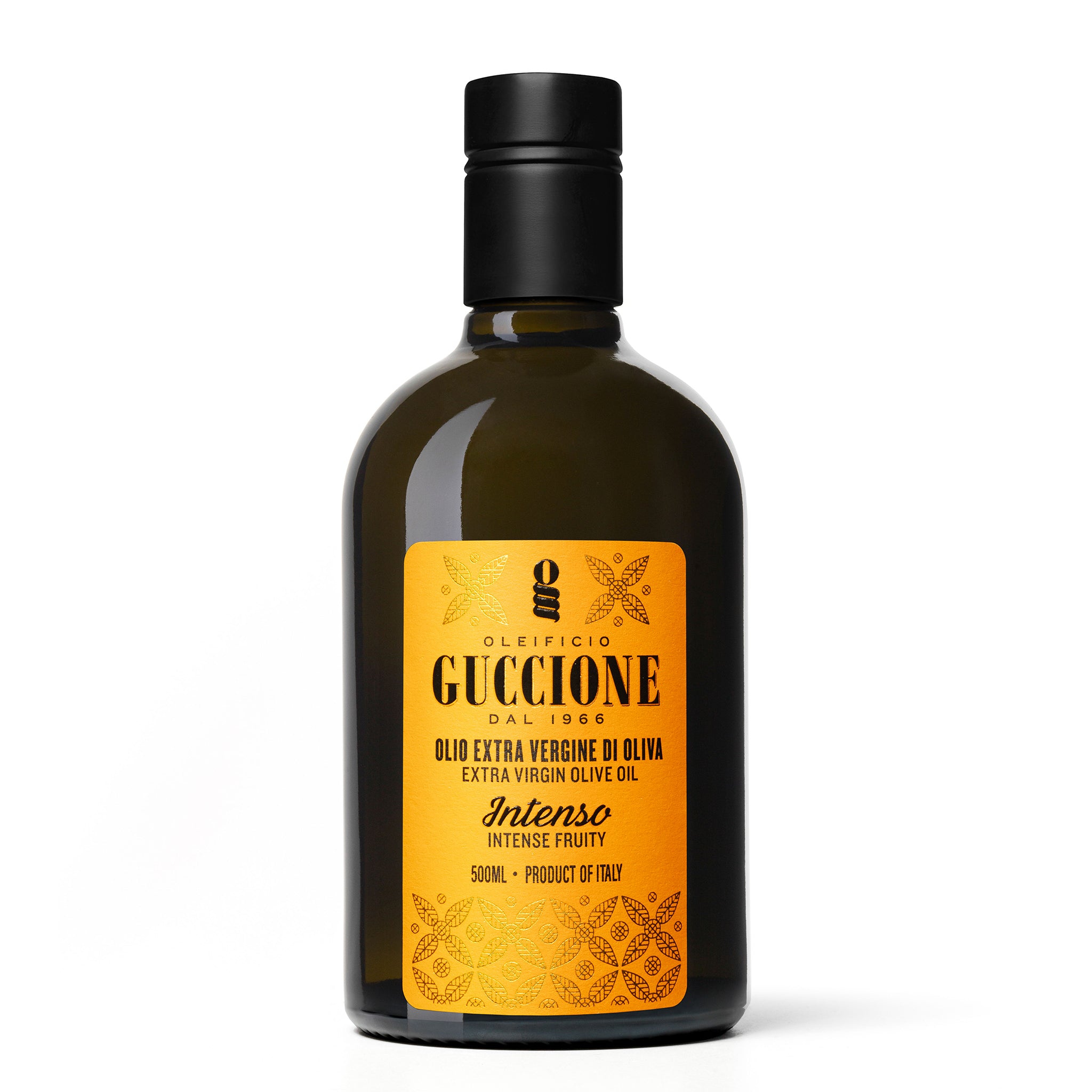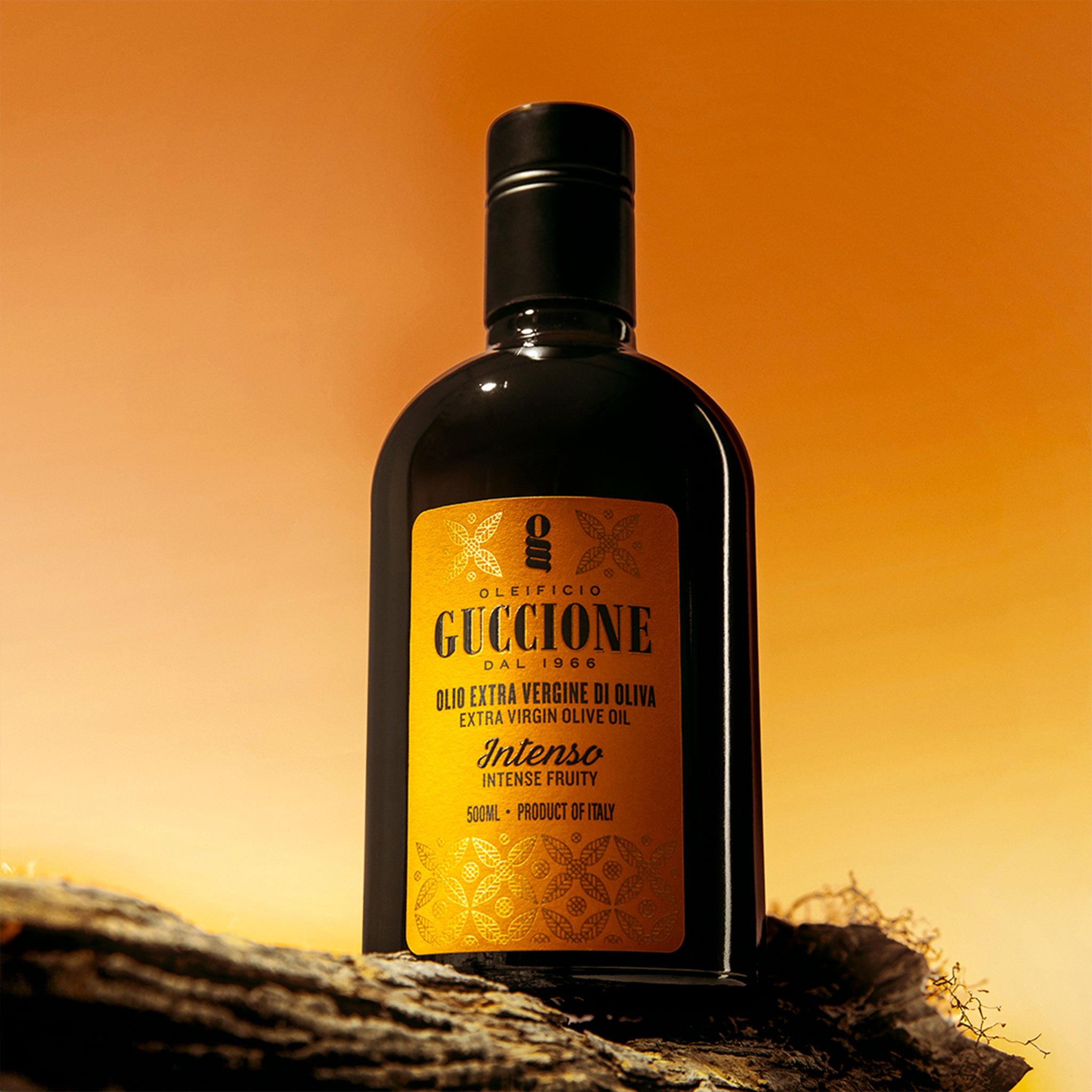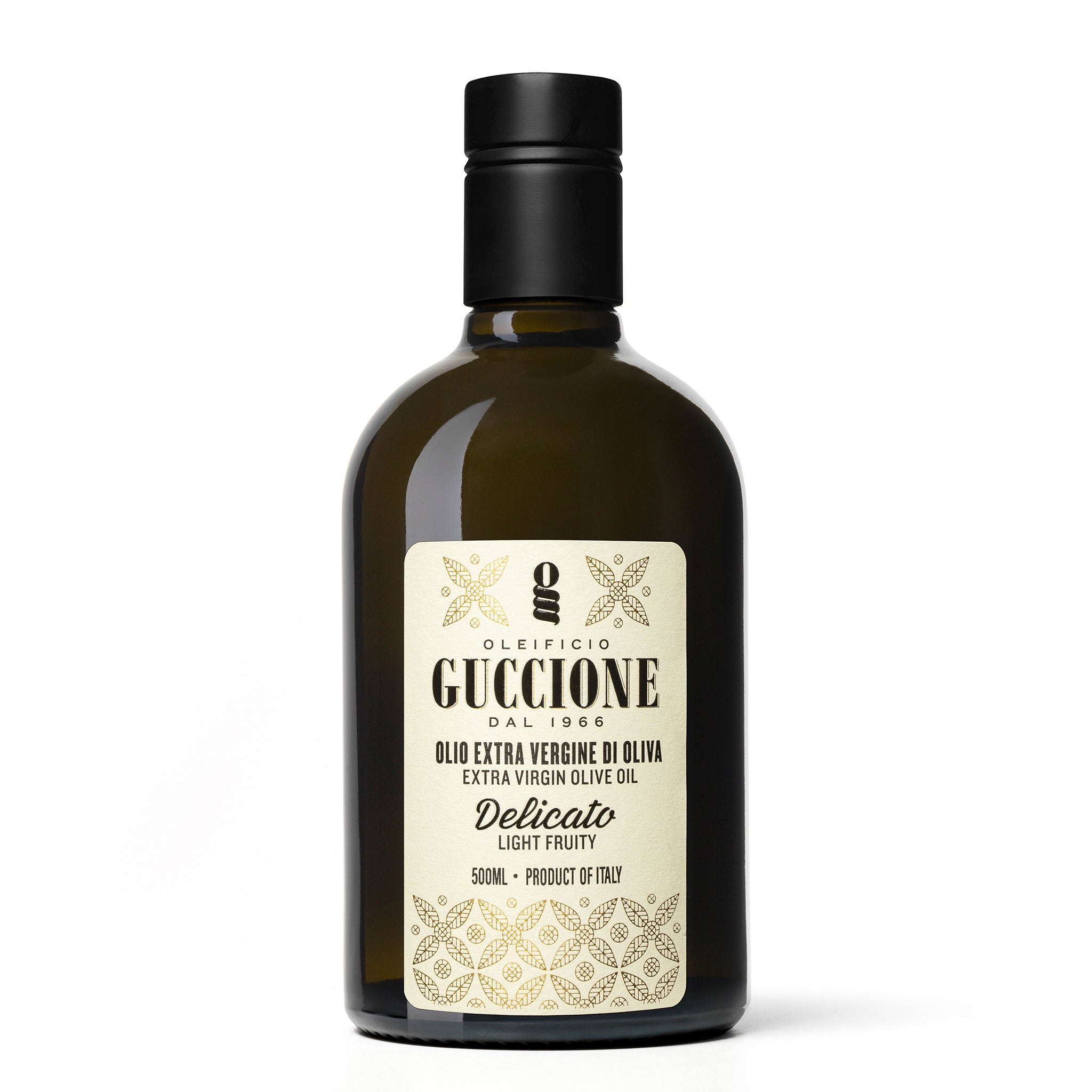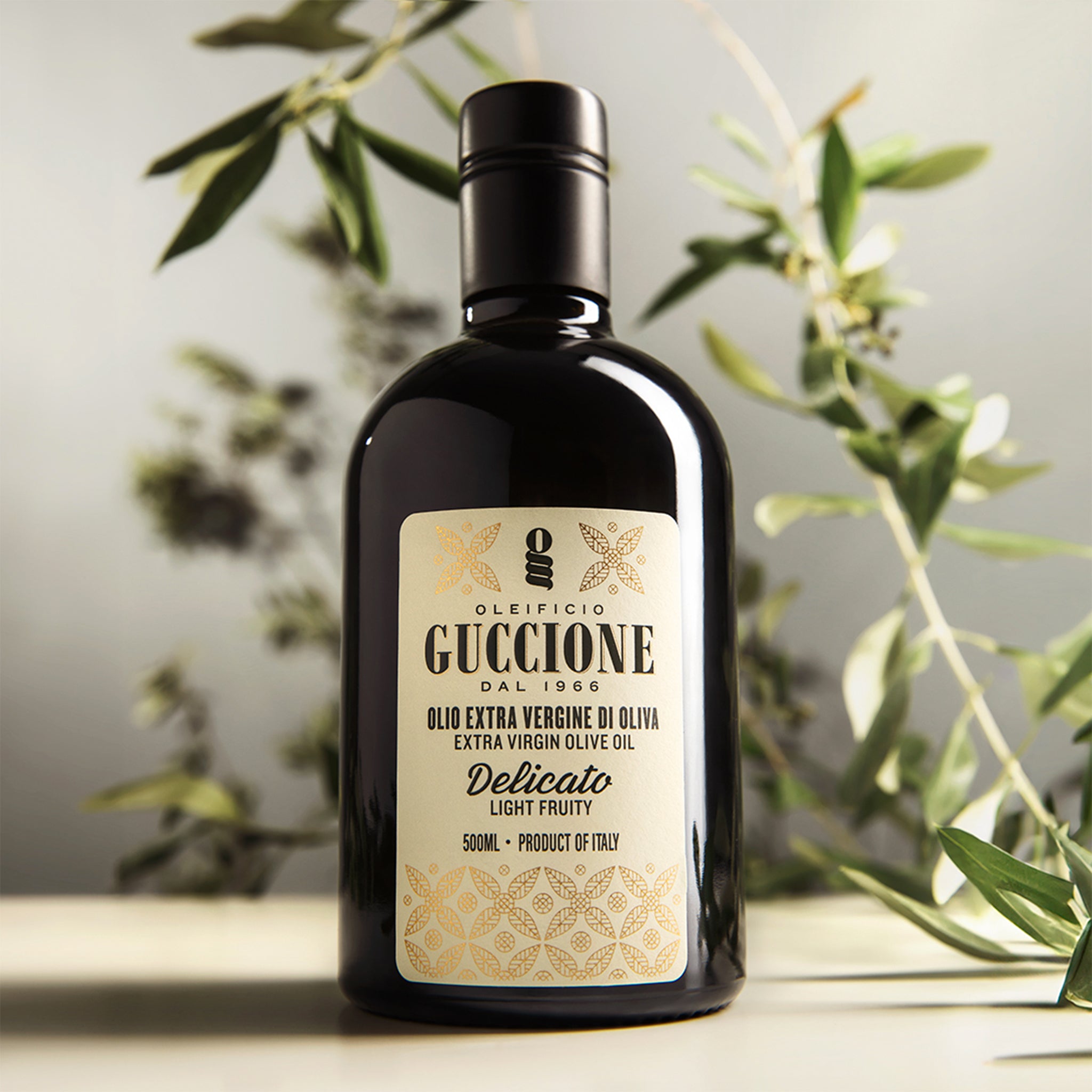Oleificio Guccione is one of the historic olive oil mills in Chiaramonte Gulfi, a baroque village nestled in the heart of the Iblei Mountains.
3 generations of Oil miller
Oleificio Guccione is one of the oldest olive mills in Chiaramonte Gulfi, a Baroque village in the heart of the Iblei Mountains, which has become famous over time for the goodness and absolute excellence of the olive oil produced in the area, which Luigi Veronelli considered the "best on the island."
Oleificio Guccione was founded in 1966 by the passion of our grandparents, initially as a mill serving the local olive growers, always driven by a great pursuit of quality and innovation. We were the first in the region, in 1990, to abandon the traditional press extraction system and focus entirely on cold pressing and continuous cycle processing.

Same roots, new vision
Today, the company is led by the grandchildren of the founders: brothers Vito and Giuseppe Divita. "We want to bring a youthful and contemporary approach to the mill, with one goal in mind: to produce exceptional oils that truly reflect the authenticity of our terroir."
Productive cycle
How we make our oil
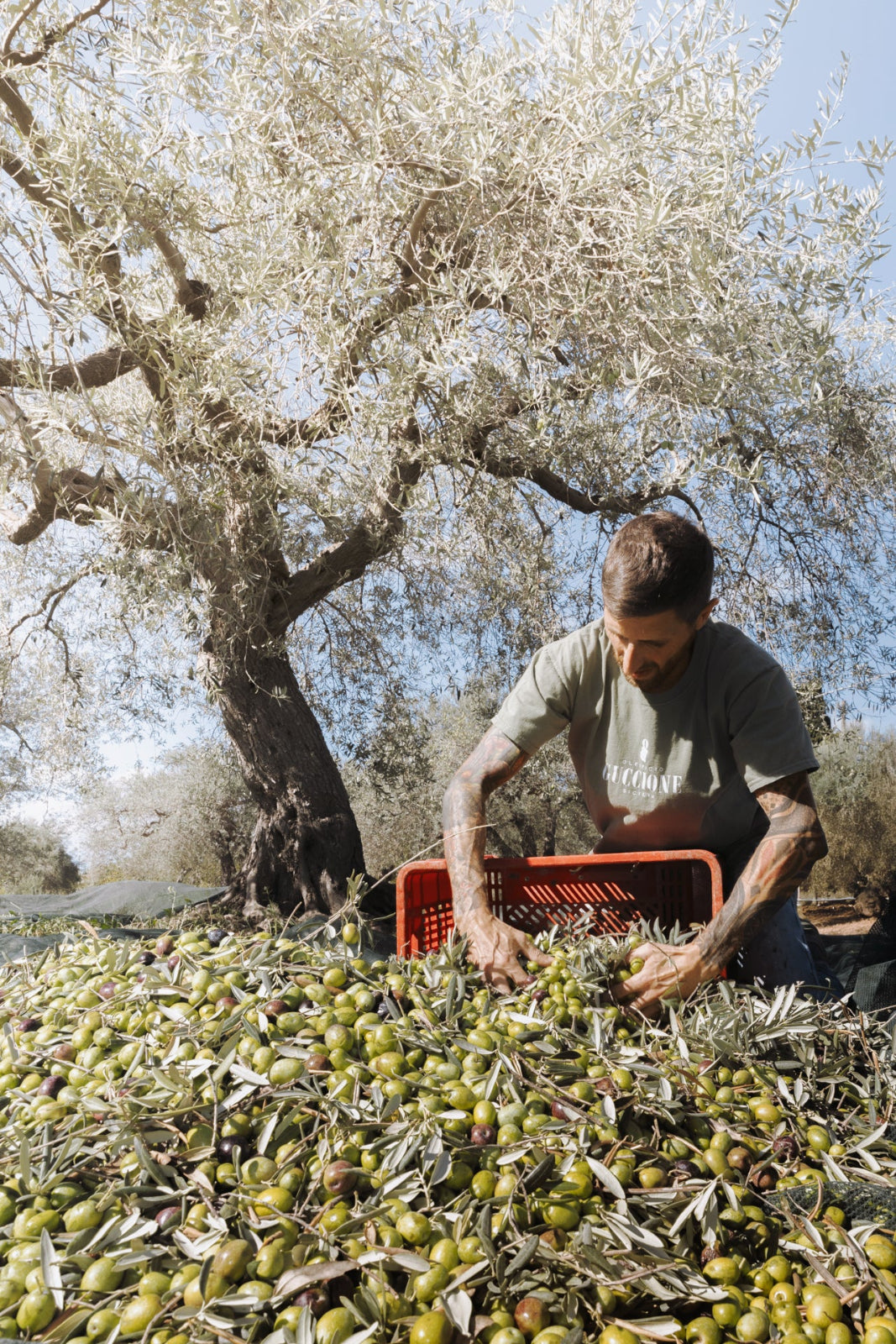
The olives are hand-picked, just like in the old days, using traditional ladders. The so-called "brucatura" allows us to take care of the integrity of the fruit, select the degree of ripeness, and respect the tree, which is often centuries old.
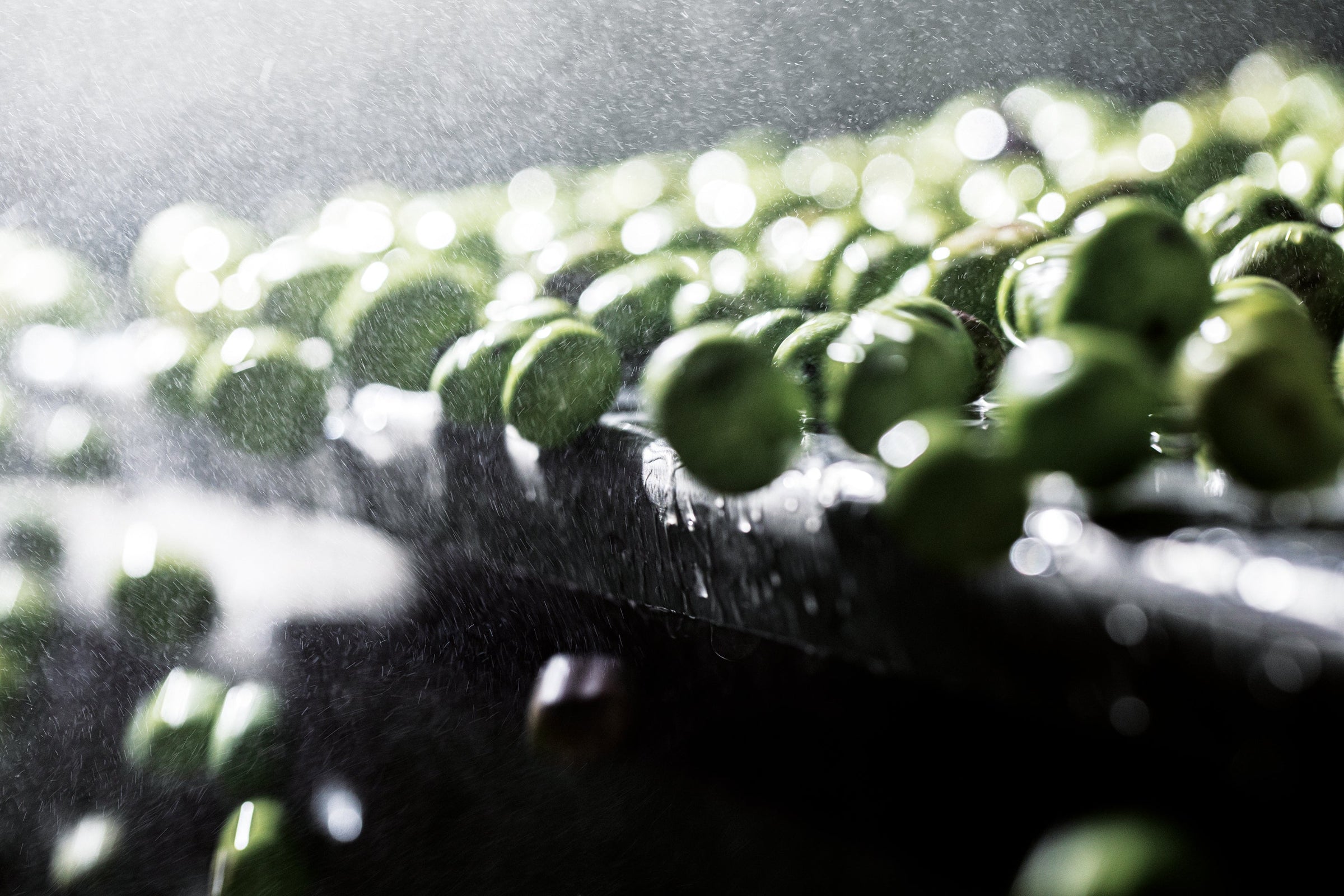
The olives are washed using a state-of-the-art system that combines air and water, providing a sort of hydro massage for the olives. This process effectively cleans the fruit from any impurities while minimizing impact and preventing potential bruising that could damage the olives prior to crushing.

The olives are crushed to obtain a paste. This is a very delicate phase: the type of crushing of the olives will determine the development of the aromas, bitterness, and spiciness of the resulting oil.
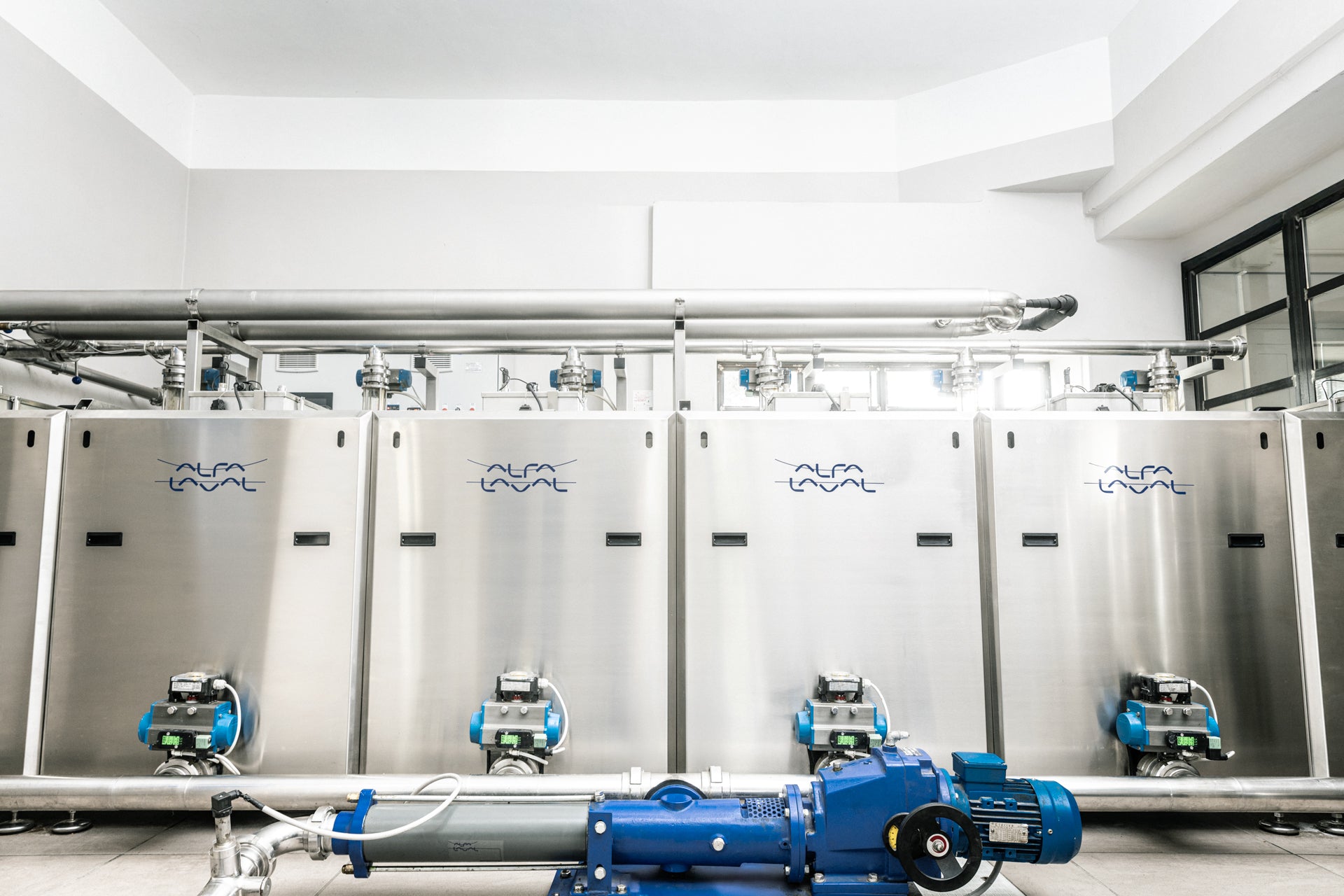
The paste obtained from the crushing process is slowly stirred in technological tanks during the malaxing phase. This process aims to break the water-oil emulsions that formed during crushing and bring together the oil droplets into larger droplets. The malaxing temperature and time are both carefully controlled.
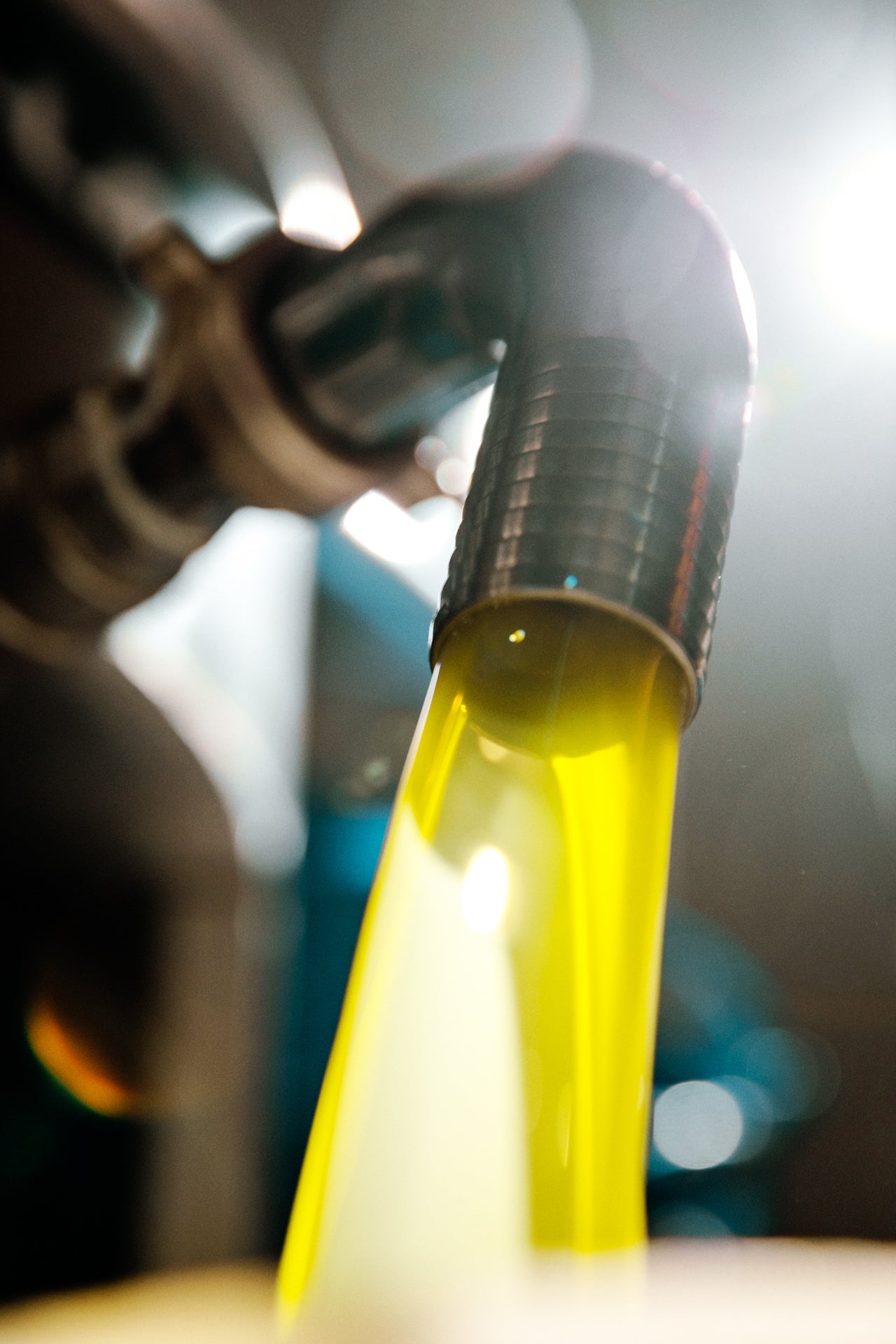
Separation is the process of separating the oil from water and pulp. To do this, we use modern centrifuges that extract the oil finely without dispersing the phenolic components in the by-products, thus preserving all the aromas, bitterness, and spiciness.
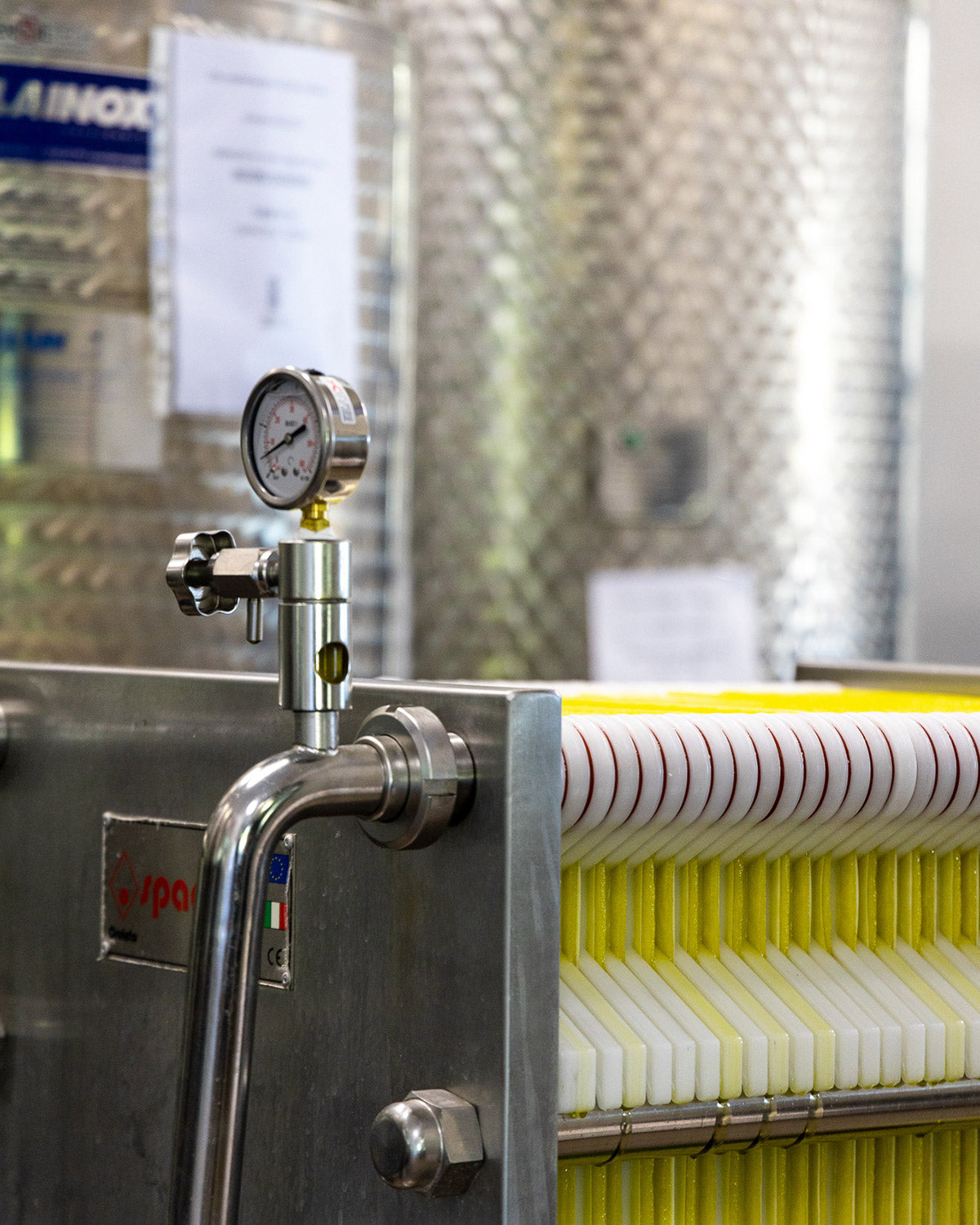
Once filtered to completely remove any remaining impurities that could ferment and compromise its quality, the oil is stored in stainless steel containers under nitrogen to eliminate the risk of oxidation, at controlled temperature until bottling.
The olives are hand-picked, just like in the old days, using traditional ladders. The so-called "brucatura" allows us to take care of the integrity of the fruit, select the degree of ripeness, and respect the tree, which is often centuries old.
The olives are washed using a state-of-the-art system that combines air and water, providing a sort of hydro massage for the olives. This process effectively cleans the fruit from any impurities while minimizing impact and preventing potential bruising that could damage the olives prior to crushing.
The olives are crushed to obtain a paste. This is a very delicate phase: the type of crushing of the olives will determine the development of the aromas, bitterness, and spiciness of the resulting oil.
The paste obtained from the crushing process is slowly stirred in technological tanks during the malaxing phase. This process aims to break the water-oil emulsions that formed during crushing and bring together the oil droplets into larger droplets. The malaxing temperature and time are both carefully controlled.
Separation is the process of separating the oil from water and pulp. To do this, we use modern centrifuges that extract the oil finely without dispersing the phenolic components in the by-products, thus preserving all the aromas, bitterness, and spiciness.
Once filtered to completely remove any remaining impurities that could ferment and compromise its quality, the oil is stored in stainless steel containers under nitrogen to eliminate the risk of oxidation, at controlled temperature until bottling.






Products


